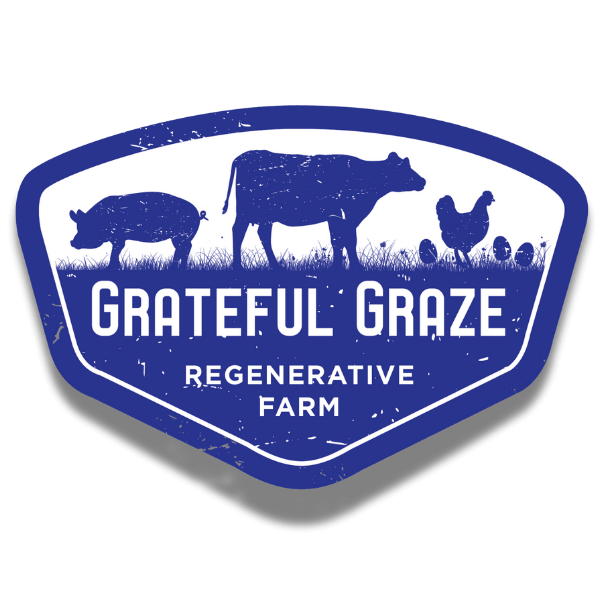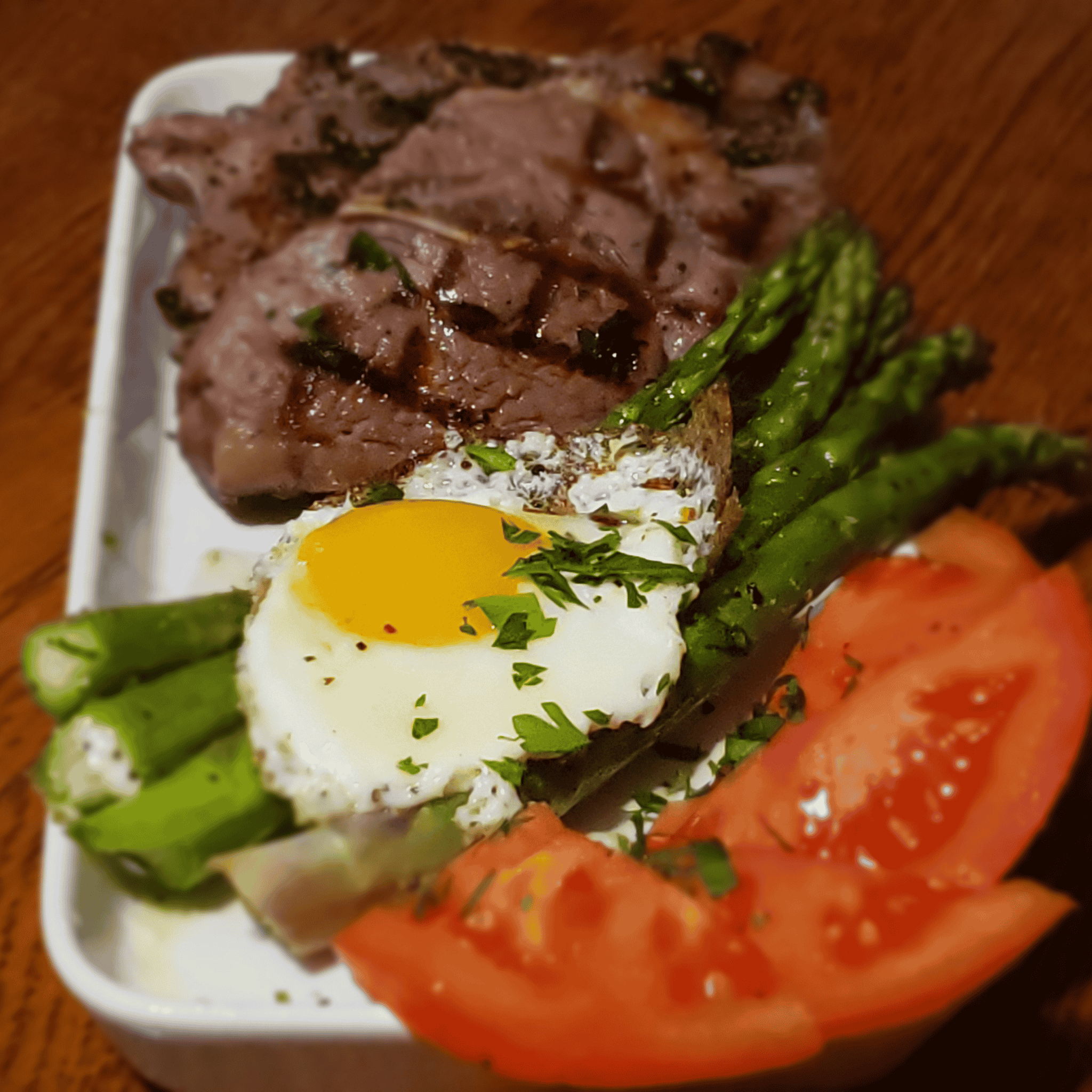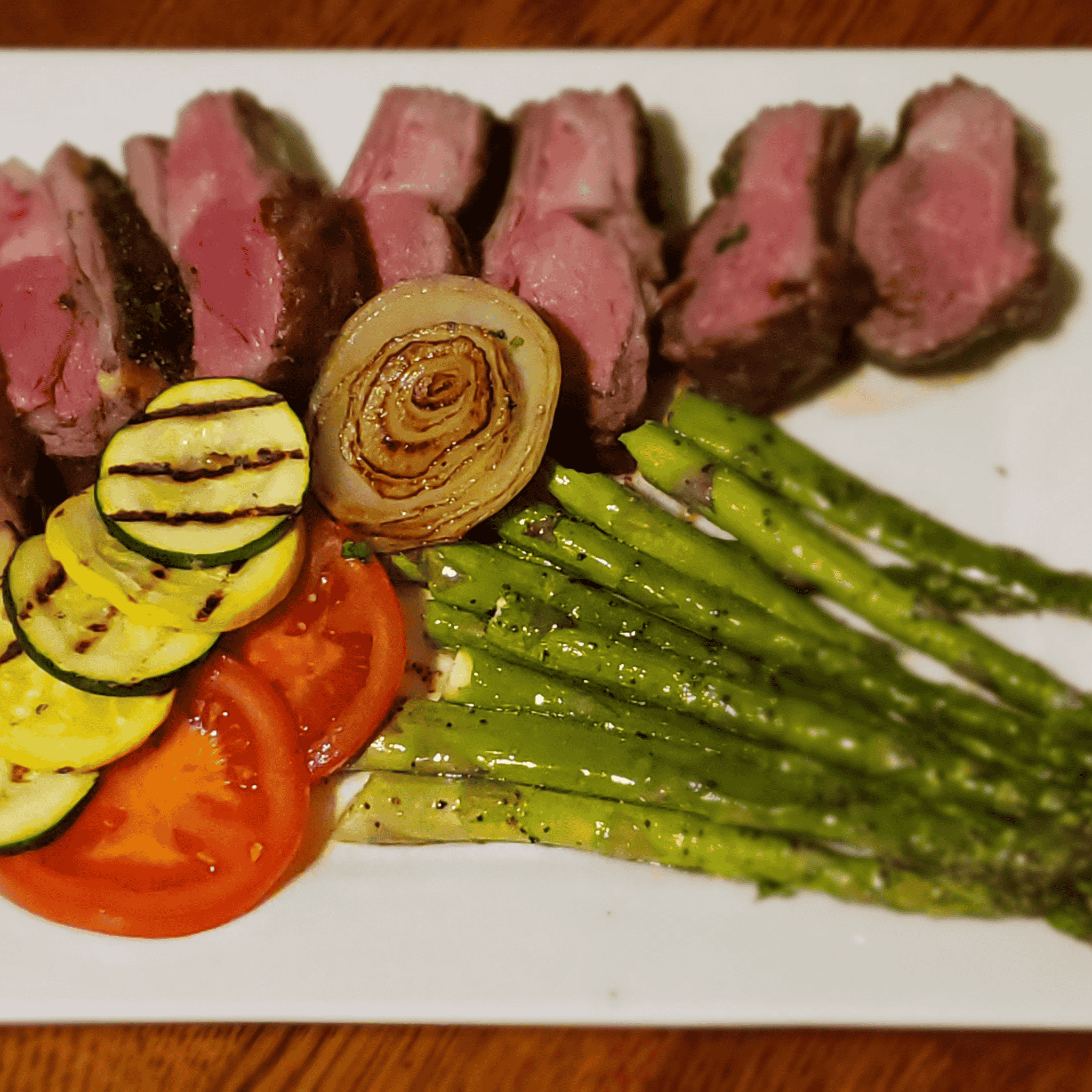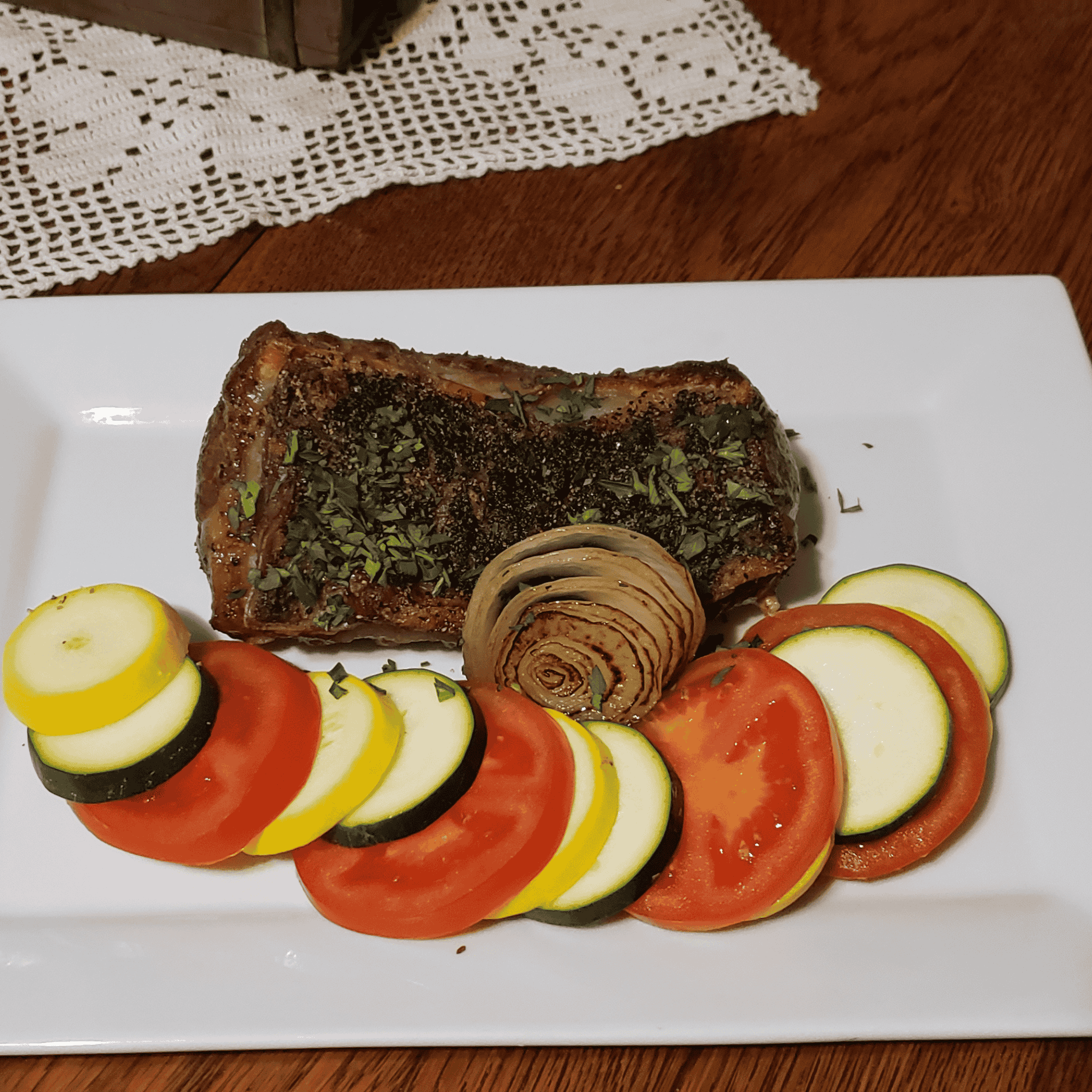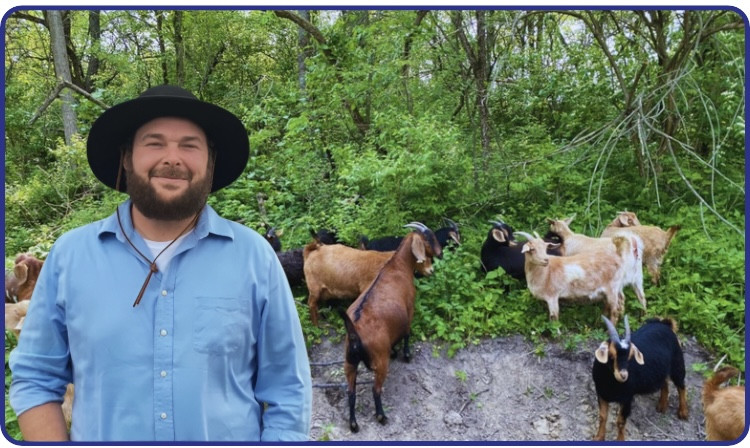
Sawickis Family Farm started with a quest to eat healthy and provide nutrient dense food to our family raised by our own hands. This has been a family tradition on the farm for 4 generations starting with my Great Grandfather Victor Sawickis. He had 12 children, one of them being my Grandfather Don Sawickis who would eventually resume the farm after his father. Starting with Victor it has always been a goal of self-reliance and eating good food raised by our hands. Along with teaching the children of the family where our food comes from and how to appreciate you reap what you sew. After graduating culinary school and operating a number of food establishments from fine French cuisine to healthcare/nutritional services. I had gained an even deeper appreciation and respect for food quality. I began to have some thoughts about trying some new things on the family farm. What I didn’t know is they weren’t new things. They were actually farming practices Great grandpa had used in the 1920’s. They didn’t have synthetic fertilizers or insecticides. They used full circle practices in the realm of regenerative organics in modern day. Starting with a small acreage food plot of fruits and vegetables used for the family and to allow the kids some intro to business at the farmers market. We left behind the synthetic fertilizer and the insecticides. We started practices of companion planting with plants that deter certain insects. We started reducing tillage to almost no till and annual crop rotation. We started leaving the soil covered instead of tilling it bare. All these practices made changes for the better. We were still missing one thing on this piece of land. The critters that make the magic happen. Starting with some bees, rabbits, and some layer chickens now we were able to progress the fertility and pollination of our food plot and had the pleasure of eating eggs, rabbits and honey that we raised. This gave us confidence to not stop at vegetables and to try at raising more proteins for our family. So along came ducks & meat birds, then pigs and goats, then cows and sheep. Just as with the vegetables we wanted the best foods we could produce for our family while working in collaboration with nature. With little knowledge on raising livestock, we started researching who we wanted to model after. So who was the best in the industry? Granted there are many rockstar ranchers out there leading the forefront for awesome husbandry and soil health practices, but Gabe Brown really stood out to me. After watching several educational podcasts and interviews I wanted to try some of these practices. Around this time, we were attending farmers market once a week for my wife to sell her salves, teas and our veggies. I noticed a freezer truck that said Grateful Graze on it. I approached and met Monte Bottens the owner of the company. I inquired of the company and at the end of his description I said wow! That sounds just like Gabe Brown. He said we follow those same practices of soil health and animal husbandry. We actually just brought in 75 of Gabe's British White steers to our operation. I went home in amazement telling my wife all we had discussed. I knew it was time for a life change. I had spent 20 years in the hospitality industry and farmed as a hobby. I felt in my heart it was time to flip flop those things. I went to Monte days later at the market and informed him I wanted to work for him. He gave me his card and said to call him. I had no idea what I’d be doing, but I didn’t care. I just wanted to be a part of it and to learn more. I met with Monte and his wife Robyn, and they decided to hire me as a livestock care attendant. Monte took me under his wing and became my mentor. He shared much of his knowledge with me about the why in what we do, and the learning has never stopped. After years of learning and putting forth effort I have been promoted to the ranch manager overseeing the livestock of Grateful Graze. During this time my herd was growing, and Monte & Robyn supported my goat herd to come to the ranch and be part of the amazing transformation we are doing on these acres. These goats have spent their lives rotationally grazing 75 acres of woodlands. Eating a diet that is best for a goat’s health & wellbeing. At the same time helping complete the full circle of soil health/restoration at Grateful Graze Ranch 226.
Raising Newbian, Boer, and Kiko Meat Goats
Our goats are raised in the forest and pastures of Ranch 226 at Grateful Graze. They graze upon 75 acres of regenerative timbers and grasslands throughout the year eating everything that is part of a natural diet to a goat. This gives our goats a balance and variety of forbes and grasses ensuring the best nutrition for the animal, which provides you with some of the best nutrient dense goat meat around. Our goats are constantly moving in a rotational grazing system to continue the regeneration of the soil, pastures and timbers of the ranch. Over winter, they eat bark of saplings, fallen tree leaves and are supplemented with locally grown organic alfalfa hay. They always have constant access to clean water and goat minerals to advance their excellent health. These goats are protected from the forest predators by two pyranese dogs named Jimmy and Jake and a 600lb hog named Mama Pig.
Why choose goat meat?
Goat meat is low in fat, high in protein, and contains essential vitamins and minerals such as iron, potassium, vitamin B12, and zinc.
Low in Fat and Cholesterol: Compared to other meats like beef and pork, goat meat is lower in fat and cholesterol. This makes it a healthier option for individuals with heart disease or weight management concerns.
Boosts Immunity: The high iron content in goat meat helps boost the immune system by producing red blood cells that fight infections.
Supports Muscle Growth and Repair: The protein content in goat meat is essential for muscle growth and repair, making it beneficial for athletes and active individuals.
Improves Blood Pressure: Goat meat is a good source of potassium, which helps regulate blood pressure and reduce the risk of hypertension.
Promotes Bone Health: The calcium and vitamin D in goat meat contribute to maintaining strong and healthy bones.
Supports Cognitive Function: Vitamin B12 in goat meat is crucial for brain health and cognitive function.
Reduces Inflammation: Goat meat contains omega-3 fatty acids, which have anti-inflammatory properties and may help reduce the risk of chronic diseases like arthritis.
7 health benefits of goat meat:
Promotes heart health: Goat meat is heart-healthy because it contains less saturated fat and more unsaturated fats than other red meats, which helps lower bad cholesterol and reduce the risk of cardiovascular disease. Reduces the risk of diabetes: Regular consumption of goat meat reduces the risk of several diseases, including type II diabetes. Boosts metabolism: Goat meat contains niacin, which promotes energy metabolism. Boosts immunity: Goat meat is rich in vitamins and minerals such as iron, which promote a healthy and balanced immune system. Aids weight loss: Because goat meat is high in protein but relatively low in fat, it may be a good option for those trying to lose weight. Prevents anemia during pregnancy: One of the health benefits of consuming goat meat during pregnancy is that it protects both mother and baby from anemia by increasing hemoglobin levels in the mother, which enhances blood flow to the fetus. Relieves menstrual pain: Goat meat is high in iron, which improves blood quality and lowers inflammation. This may help alleviate menstrual cramps.(Dr. Sruthi M., MBBS retrieved from medicinenet.com)
3 oz. of roasted goat meat has 122 calories and 0.79 grams of saturated fat, making it leaner than chicken.
